If Baldur's Gate 3 isn't D&D enough for you, Solasta may be the dice-obsessed RPG you're looking for
Most videogame RPGs cite Dungeons & Dragons as their primary inspiration, but few directly adapt its rules. In a world of cooldowns and mana bars, D&D's dice rolls, bonus actions, spell slots, and long rests can feel clunky and restrictive when applied to a videogame. Even Baldur's Gate 3 makes many notable changes to make D&D more user-friendly, while indie RPG Solasta wears the 5e ruleset as a badge of honor, warts and all.
This is a game where combat is on a grid, where every d20 rolls on screen, and where jumping away from enemies is a sometimes-treat rather than a regular part of every meal.
While it may forever lurk in the shadow of Baldur's Gate 3, its crunchy, dice-heavy combat is just what I want in a lean adaptation of the tabletop RPG. Solastsa adapts the 5e rules via the Open Gaming License, which doesn't include the D&D worlds or trademark creatures. We won't be adventuring along the Sword Coast and battling beholders, but we will be creating a custom party of four heroes using five familiar races and six classic D&D classes like Fighter, Rogue, and Cleric.
The world of Solasta is entirely original and sets up a few interesting elements. Humans arrived through a cataclysmic portal as refugees, creating a dangerous wilderness in its wake, rife for adventurers. Unfortunately they arrived in a land of orcs, elves, goblins, and dwarves that can't help but feel like off-brand D&D in a generic fantasy world. There's a council of boring talking heads and several forgettable factions. The story, or at least the first dozen hours, never builds much beyond exploring the Badlands—in generic D&D, it's always the Badlands—and fearing the return of an ancient race of powerful lizardfolk.
My first mission is to check up on an outpost on the border to the Badlands. On the way up the cliffside I'm attacked by goblins, and everyone rolls for initiative.
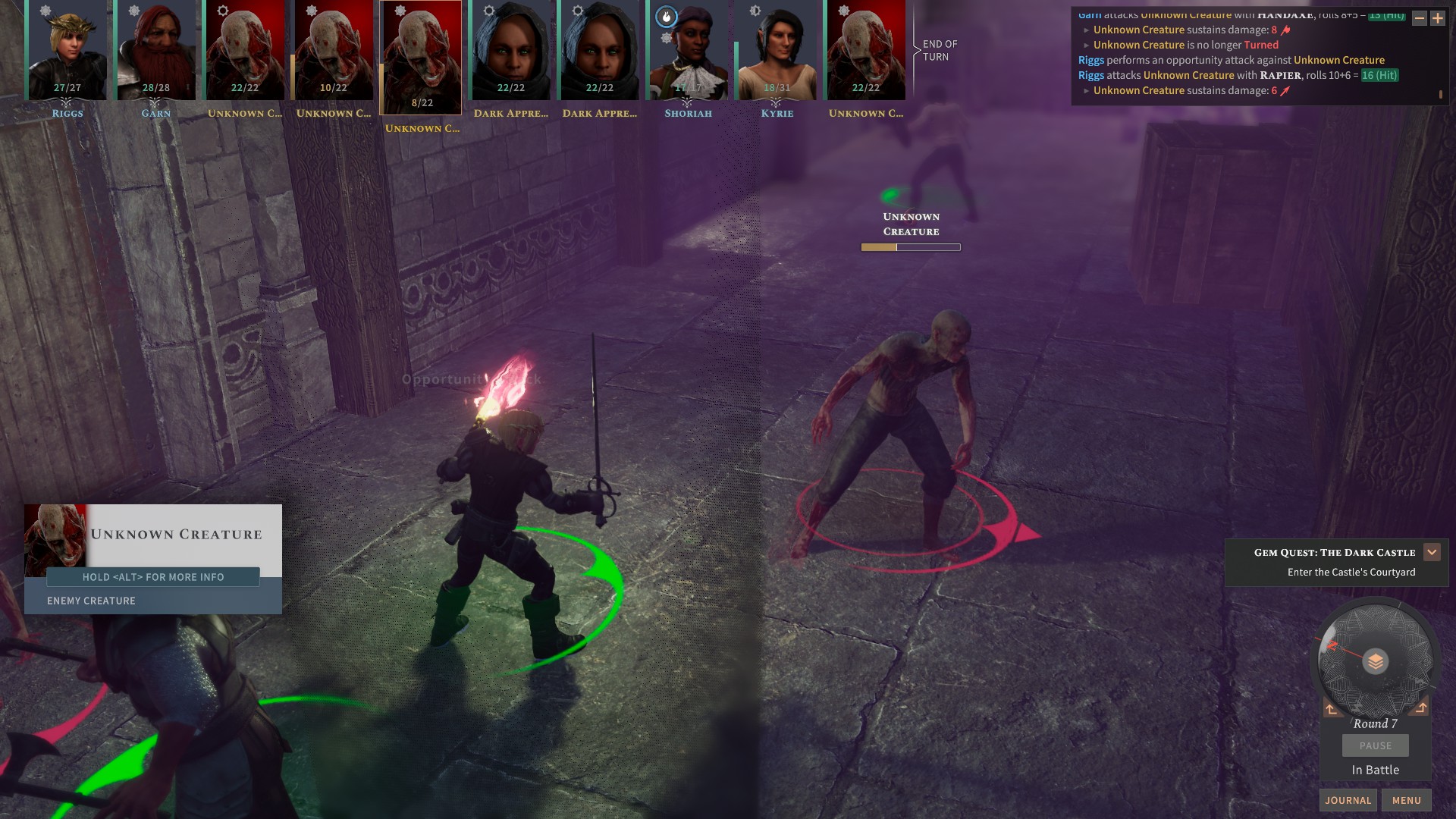
Rolling dice is at the heart of playing D&D, whether it's swinging a sword, intimidating a guard captain, or leaping across a chasm. Most RPGs obfuscate their dice, including Baldur's Gate 3, where I have to open the combat log to check the rolls, modifiers, and saving throws. Solasta embraces them, rolling digital dice directly on screen, and even providing the option of customizing their colors for different attack rolls and damage types (unlocking fancier dice is clearly a missed opportunity).
Nowhere are the dice more prevalent than in combat, and combat is where Solasta truly shines. The grid-based level design translates perfectly from tabletop battlemats, with the added benefit of a 3D battlefield that frequently features flying and wall-climbing enemies. Combat ends up looking like XCOM with a focus on cover, elevation, and positioning.
Even at level one my wizard is invaluable, knocking most of the goblins unconscious with a single Sleep spell, no saving throw required. My favorite thing about Solasta is that combat is so faithful to the rules—it continually rewards my D&D knowledge. A prone, unconscious enemy grants advantage to nearby attackers, meaning I can roll my d20 attack die twice, increasing my odds of hitting them. My rogue applies his extra 1d6 sneak attack damage whenever he has advantage, making this a decisive combo that I was excited to see work so well.
If you're not a D&D veteran, though, Solasta may feel clunky. My dwarf fighter, Garn Redbeard (yes, he has a red beard) can dual wield hand axes as both have the light property, but he'll need to use a Bonus Action for his off-hand attack. In multiple battles I needed to use one character to provide a light source before attacking with another, as enemies in dim light grant disadvantage, making them much harder to hit.
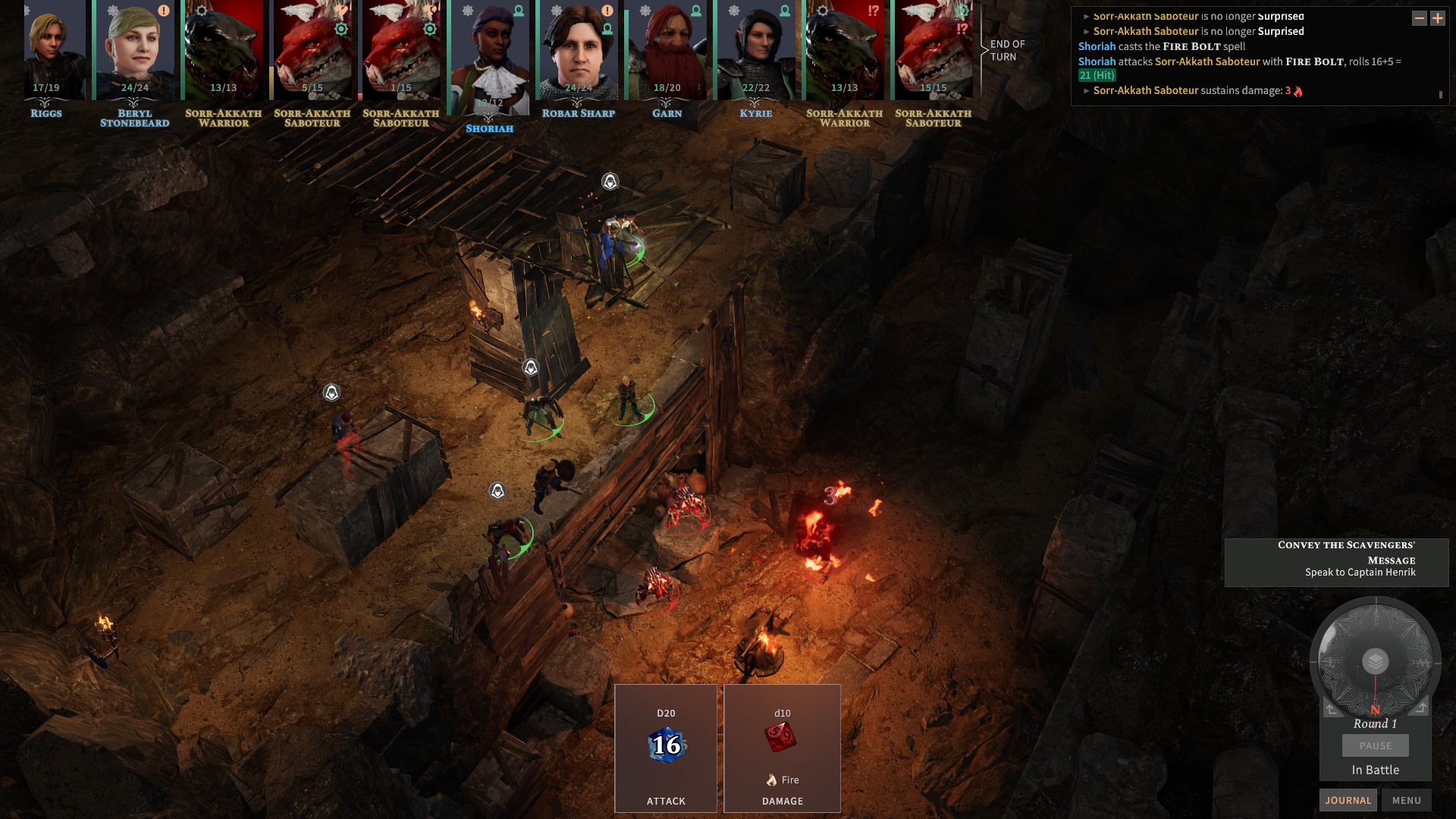
In other games, disadvantage would simply be streamlined into a lower hit percentage. But Solasta insists on including as much of the D&D rulebook as it can, even rules that my D&D group has long since hand-waved away, such as frequent random encounters while traveling, and encumbrance. Carrying capacity is annoyingly strict in Solasta, even for characters with decent strength, forcing me to constantly shuffle items and leave behind extra weapons and armor. It's a packrat's worst nightmare.
Outside of combat, Solasta unfortunately doesn't have much to offer in its Early Access form. The UI looks great in battle, but character sheets are oddly missing crucial information, like fighting styles and feats.
Character creation includes rolling dice for stats and selecting class-specific starting equipment, exactly as it's detailed in the D&D Player's Handbook. Solasta adds new personality traits, which are built from selecting a character's background and alignment. A chaotic neutral sellsword can select traits like Egoism, Greed, and Violence, while a lawful good Lawkeeper can choose Authority, Altruism, and Kindness.
Each character's fully-voiced in-game personality is derived from these traits, a satisfying trick with very obvious limitations. I loved seeing my academic wizard flex her knowledge and etiquette while my sellsword dwarf cracked jokes. But the big drawback is that Solasta doesn't provide an avenue for actual role-playing. Unlike deeper RPGs, dialogue is handled by selecting talking points instead of choices, and occasionally making a skill check to Persuade or Intimidate. It's too passive to be engaging. While the voice acting is decent, character models are distractingly hideous.
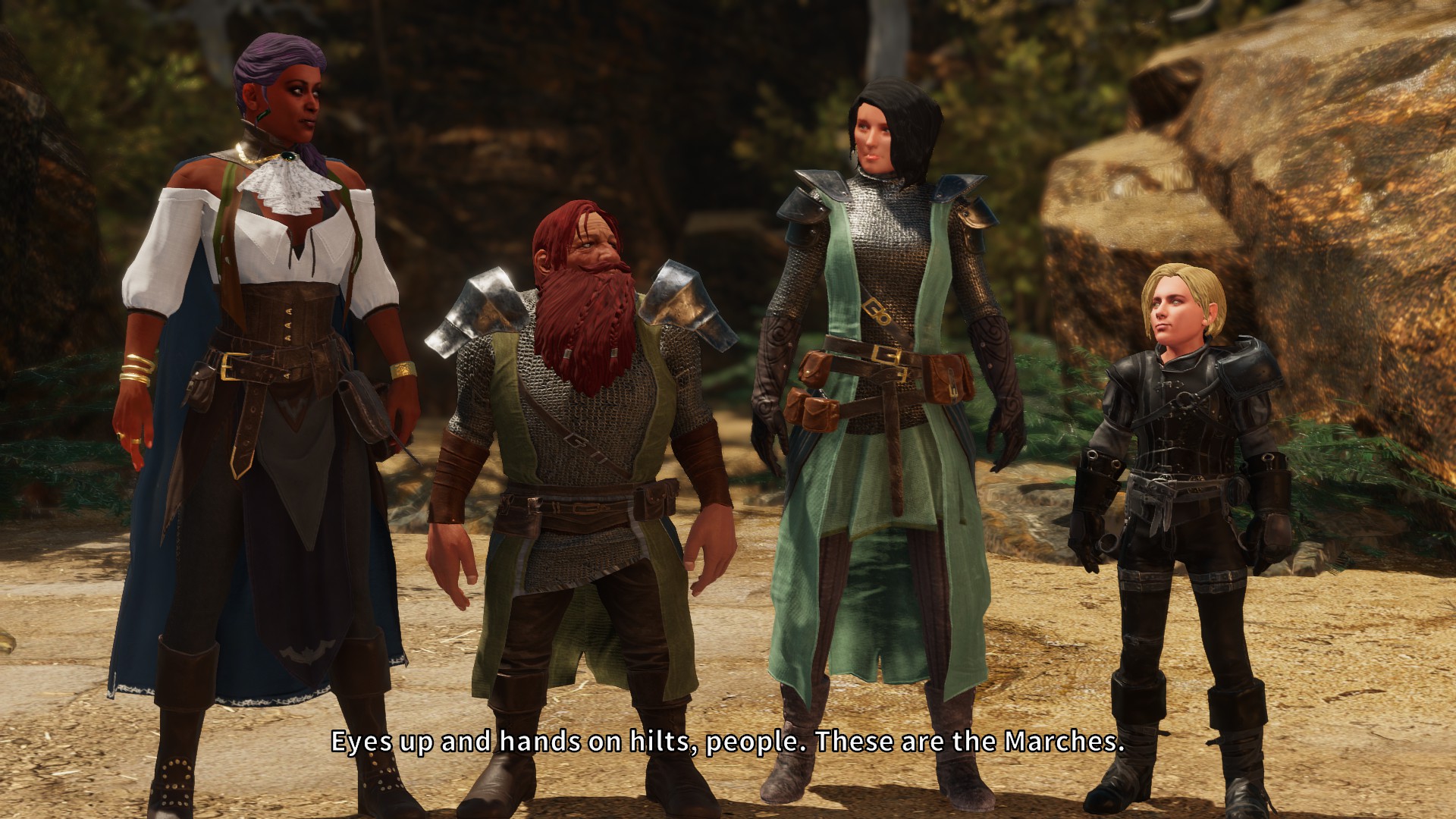
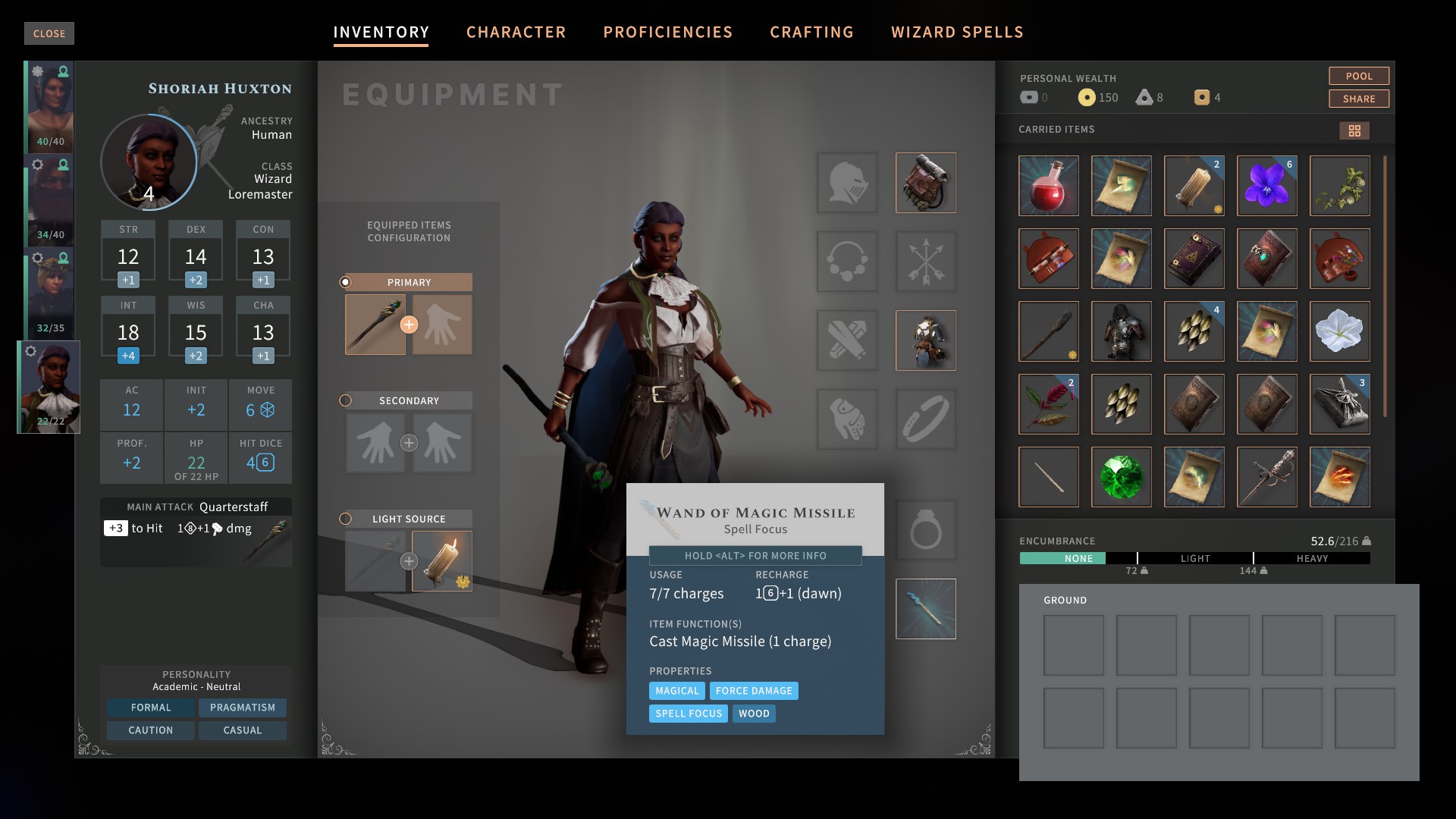
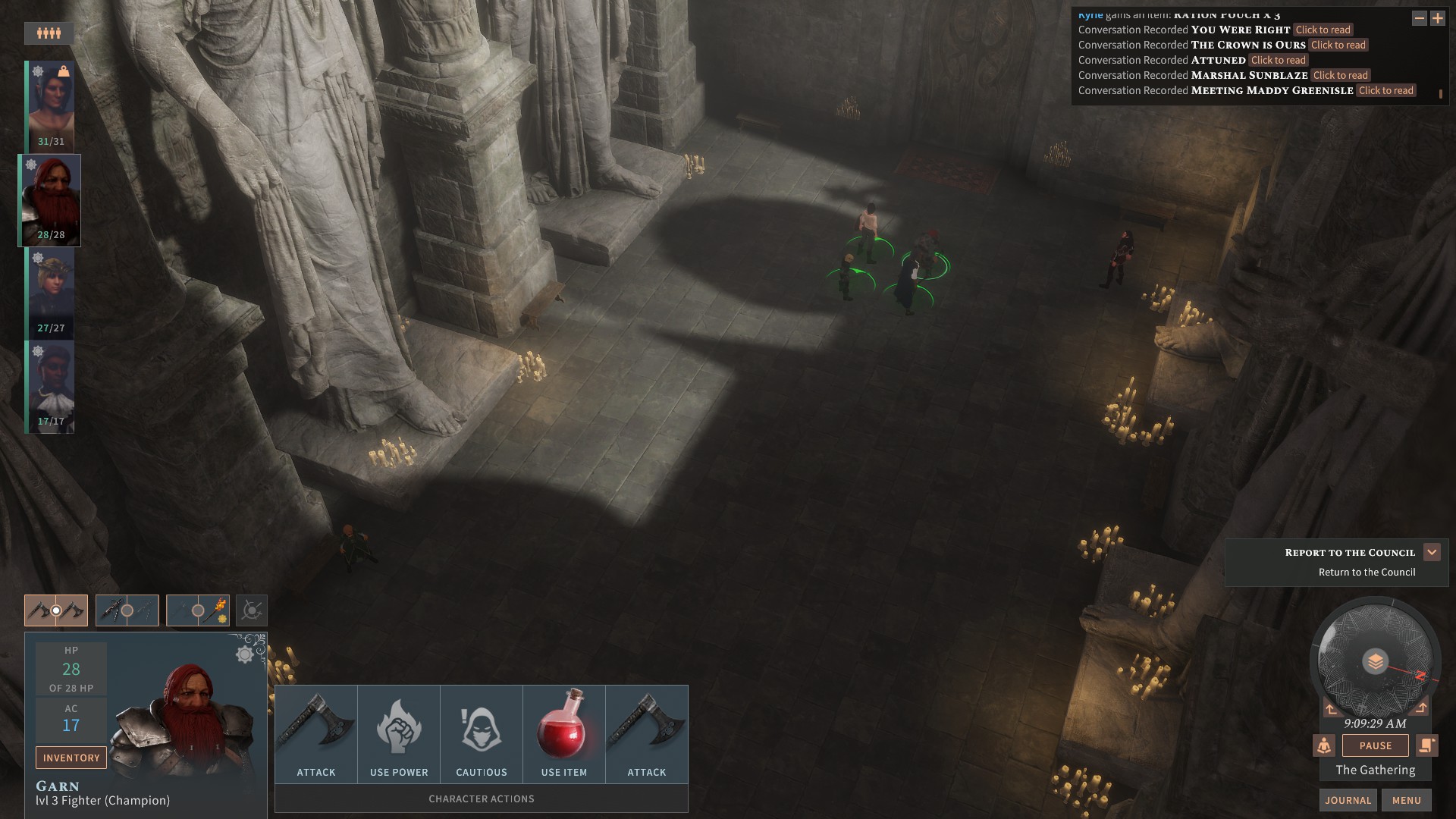
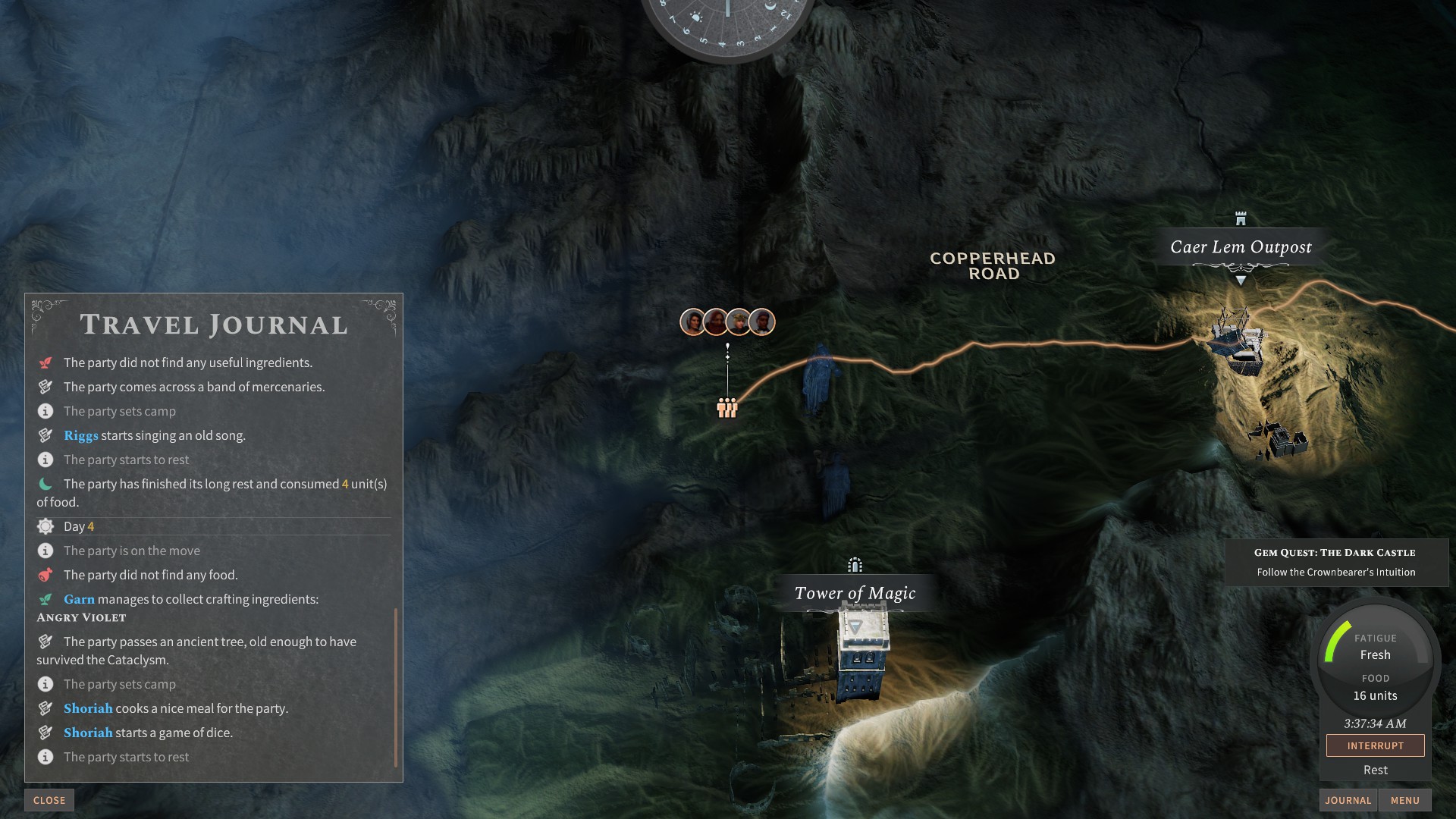
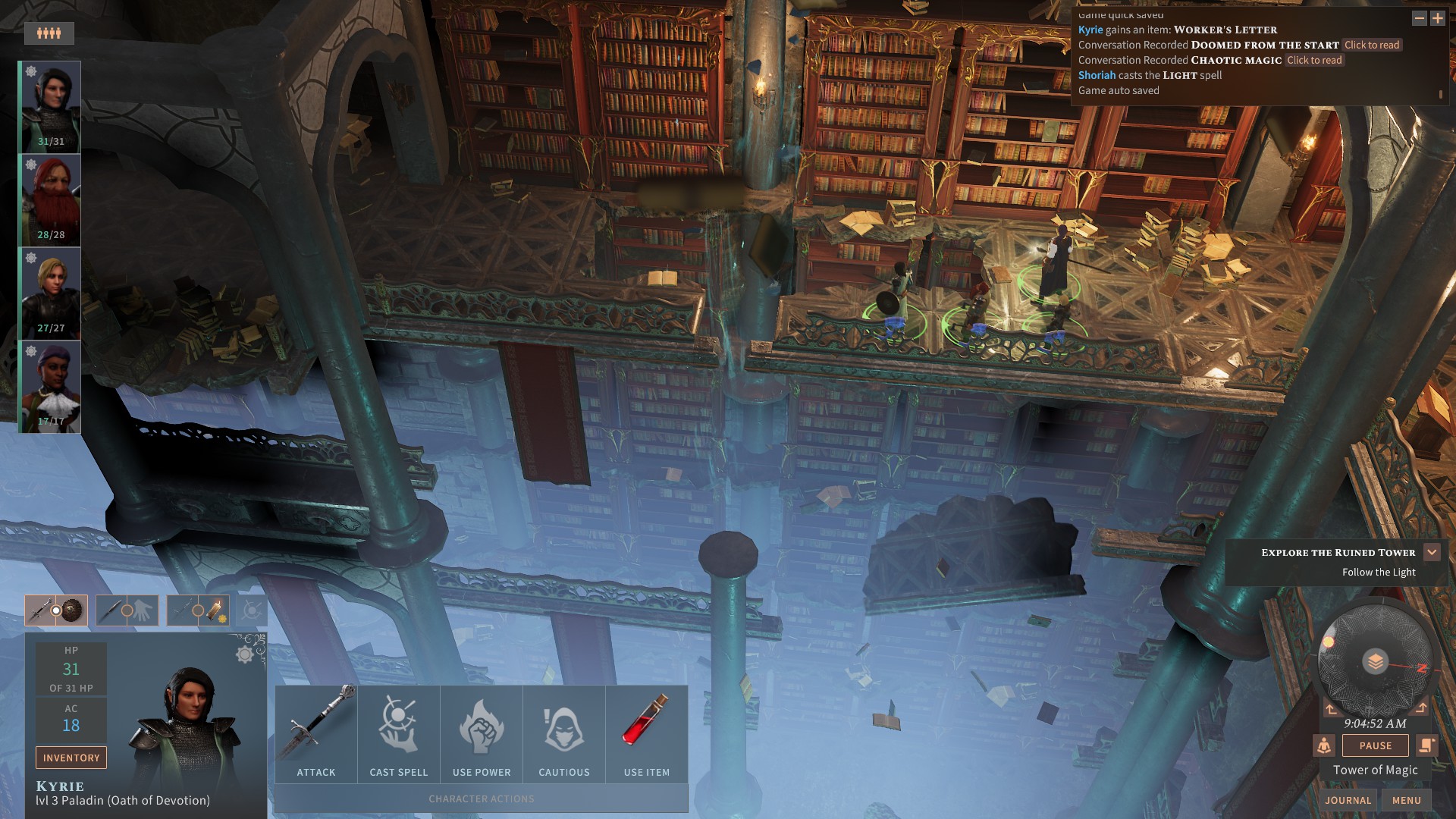
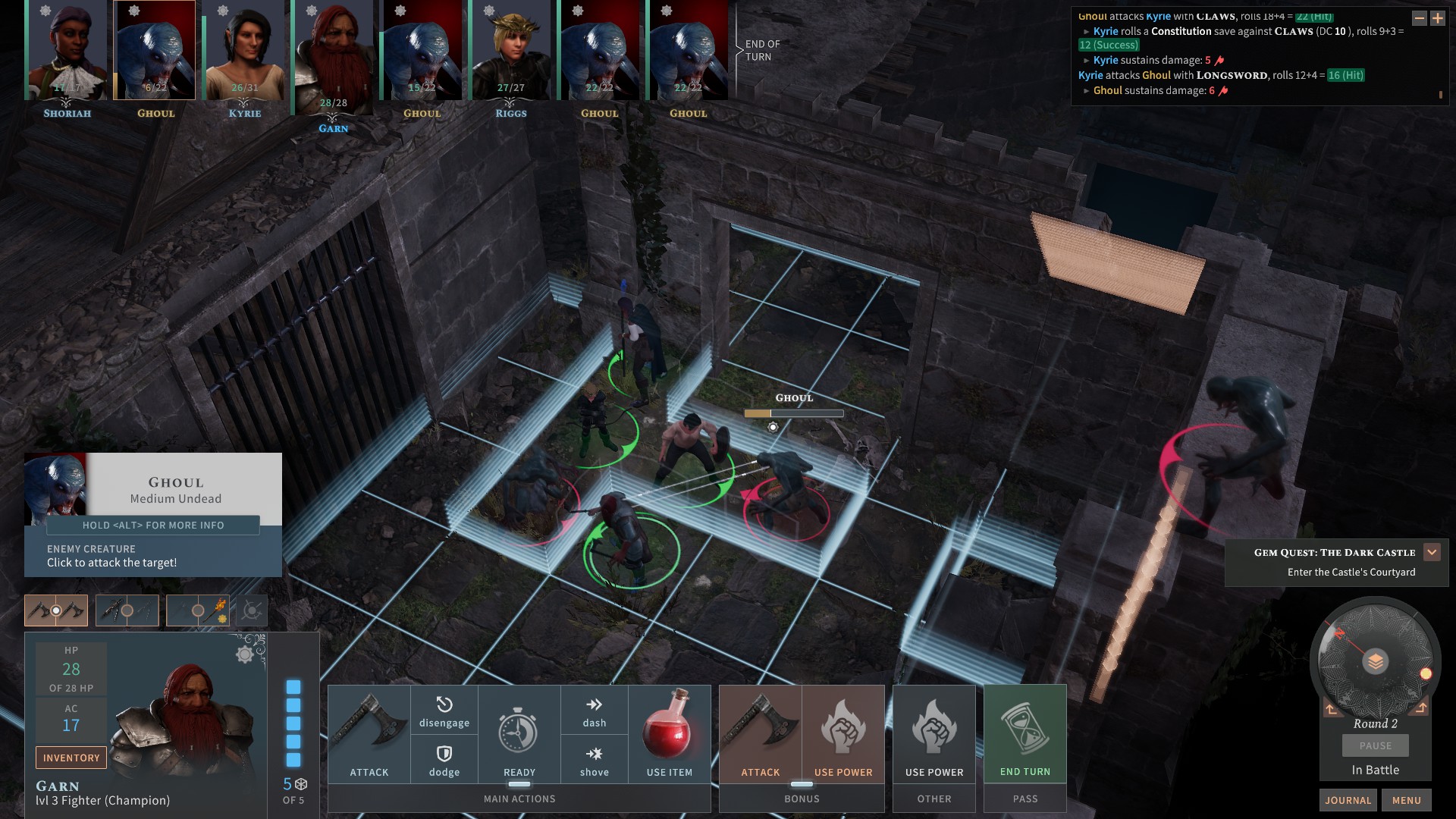
Solasta's biggest drawback, aside from frequent bugs which should hopefully be cleaned up by the day one patch, is the barren world design and lack of side quests. The main city is too big and mostly empty, with barely any NPCs to give it a sense of life. There are multiple factions, but talking to them is purely transactional. I turn in faction-specific loot to unlock more vendor options, with no personality or politics setting them apart.
I'm never presented with anything more than traveling to the next main quest area, which may feature a single side quest. Traveling is a montage of mini-events on an overland map, punctuated by occasional random encounters that are mostly pointless thanks to D&D's rest mechanics.
It's a crushing shame, as Solasta is a near-perfect D&D 5e combat simulator, with fun, frequent dice rolls and a good handle on travel rules, crafting, and rest restrictions. Hardcore D&D fans annoyed by Baldur's Gate 3's many liberties may find refuge in Solasta, but jumping into Early Access puts you in an off-brand D&D world that still feels like a rough sketch of a full RPG.

Post a Comment